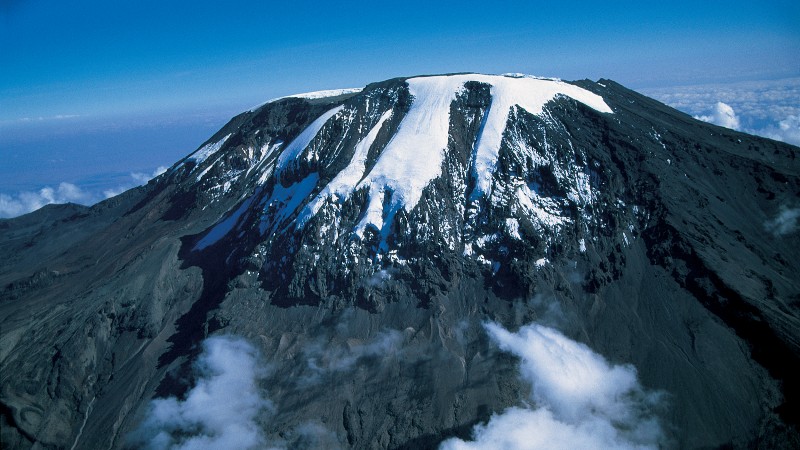
Kilimanjaro National Park
Northern Tanzania
Discover the iconic Kilimanjaro National Park, Tanzania
The highest mountain in Africa, snow caped and world’s highest free standing volcano. It comprises of two dormant volcanoes (Kibo 5,895m a.m.s.l and Mawenzi 5,149m a.m.s.l) and one extinct volcano (Shira 3,962m a.m.s.l) respectively. The origin of the word is not well known but it said to be a combination of the Swahili word Kilima meaning “Mountain” and the KiChagga word Njaro, loosely translated as “Whiteness” giving the name “White Mountain”.
Its size is 1,712Km2 and was declared as a National Park in 1973, officially opened for tourism in 1977, declared a World Heritage Site by UNESCO in 1987 and Natural Wonder of Africa in 2013. Climbing to the top which is far up into the sky it’s a life time experience that no one can forget.
Destination Map
What are the main attractions of the Kilimanjaro National Park?
Kibo Peak
Kibo, the highest peak (5,895m) on Mount Kilimanjaro, is covered by snow throughout the year despite being close to the equator. Conquering this peak is an adventure of a lifetime.

Shira plateau
With an altitude of 3,962m, is the oldest peak that collapsed and forms a Shira plateau with outstanding scenic beauty on the mountain with several kinds of migratory large mammals such as buffaloes, elephants and especially elands.
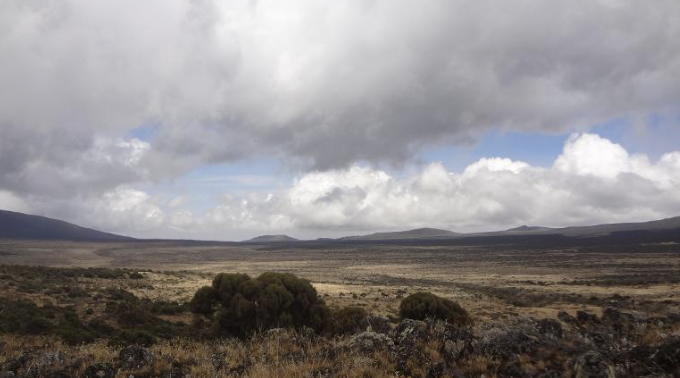
Mawenzi Peak
Is the second highest peak which forms mount Kilimanjaro 5,149m. It is rugged and maintain the features of glaciation
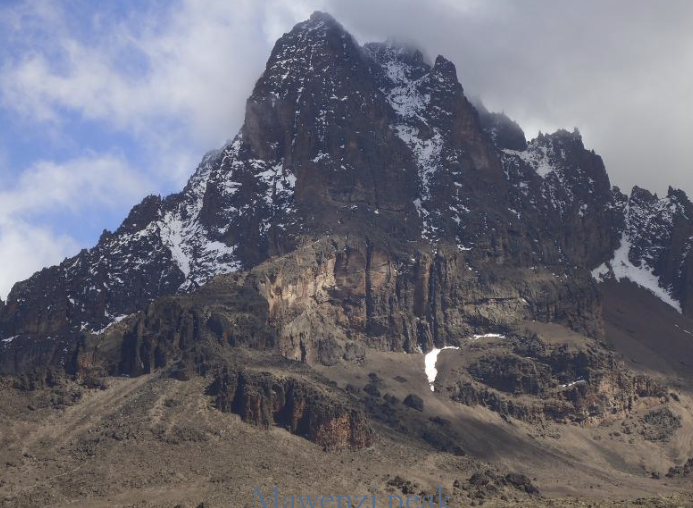
Activities in the Kilimanjaro National Park
Mountain Climbing
Climbing to Kibo peak takes 5 to 8 days depending on the route. The more days, the higher the possibility to conquer the summit. Six mountain trails can take a climber to the highest point in Africa, each route offering different attractions and challenges.

Mountain Cycling
Tourists have a chance to cycle inside the park. There are two routes, one for summit bound visitors (Kilema route) and second one for non summit visitors (Shira plateau). These routes are equipped with picnic sites and resting points.
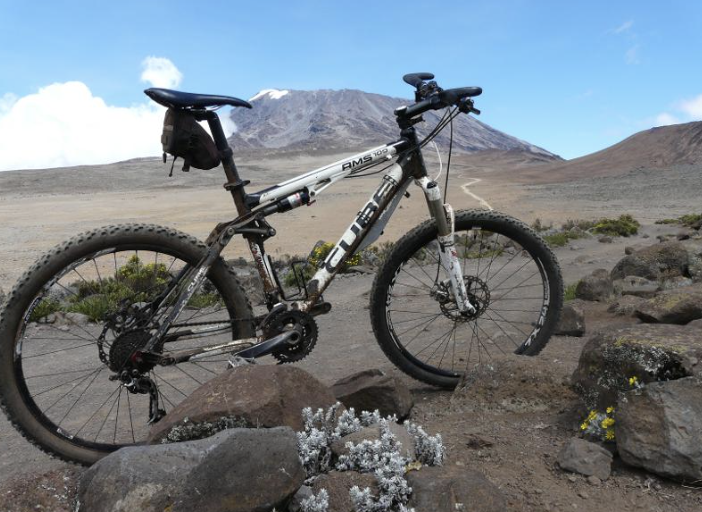
Paragliding
Tourists can fly from the top of Mount Kilimanjaro and tourists may use parachutes or wingsuits while undertaking this activity
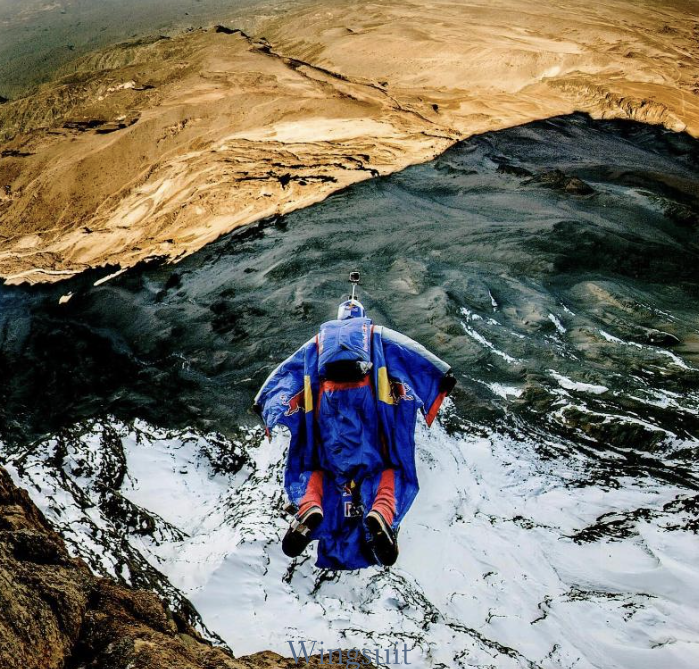
Animals in Kilimanjaro National Park
Elephant
Common
Giraffe
Common
Baboon
Common
Frequently Asked Questions about the Kilimanjaro National Park
The most convenient way to reach Mount Kilimanjaro is by flying into Kilimanjaro International Airport (JRO), located between Arusha and Moshi. From there, it’s about a 50-minute drive to Moshi, the main base for Kilimanjaro climbs.
Major international airlines like KLM, Qatar Airways, Turkish Airlines, Ethiopian Airlines, and Air France operate flights to JRO.
Alternatively, you can fly into Dar es Salaam and take a domestic flight to Kilimanjaro, though this may involve extra baggage and transfer fees. A more budget-friendly route is to arrive via Nairobi, Kenya, and take a shuttle or bus to Moshi — just note the added costs for a Kenyan transit visa ($21) and bus fare (~$45). The total journey from Nairobi to Moshi takes about 7 hours.
Tanzania experiences two rainy seasons and two dry periods each year:
- Short rains: November to late December
- Short dry season: January to mid-March
- Long rains: Mid-March to mid-June
- Main dry season: Late June to October
If you plan to climb Kilimanjaro during the rainy season, we recommend taking routes on the northern slopes, such as Rongai, Marangu, or the Northern Circuit, which receive significantly less rainfall — according to data from the Tanzania Meteorological Authority.
While it’s possible to climb Kilimanjaro in as few as 5 days, most climbers choose 6 to 8-day itineraries for better acclimatization and a higher chance of summit success. For those looking for a slower pace or a more in-depth experience, longer routes of 9–10 days are available, including options with a crater camp overnight stay.
